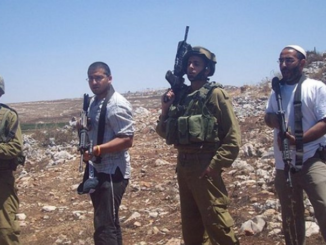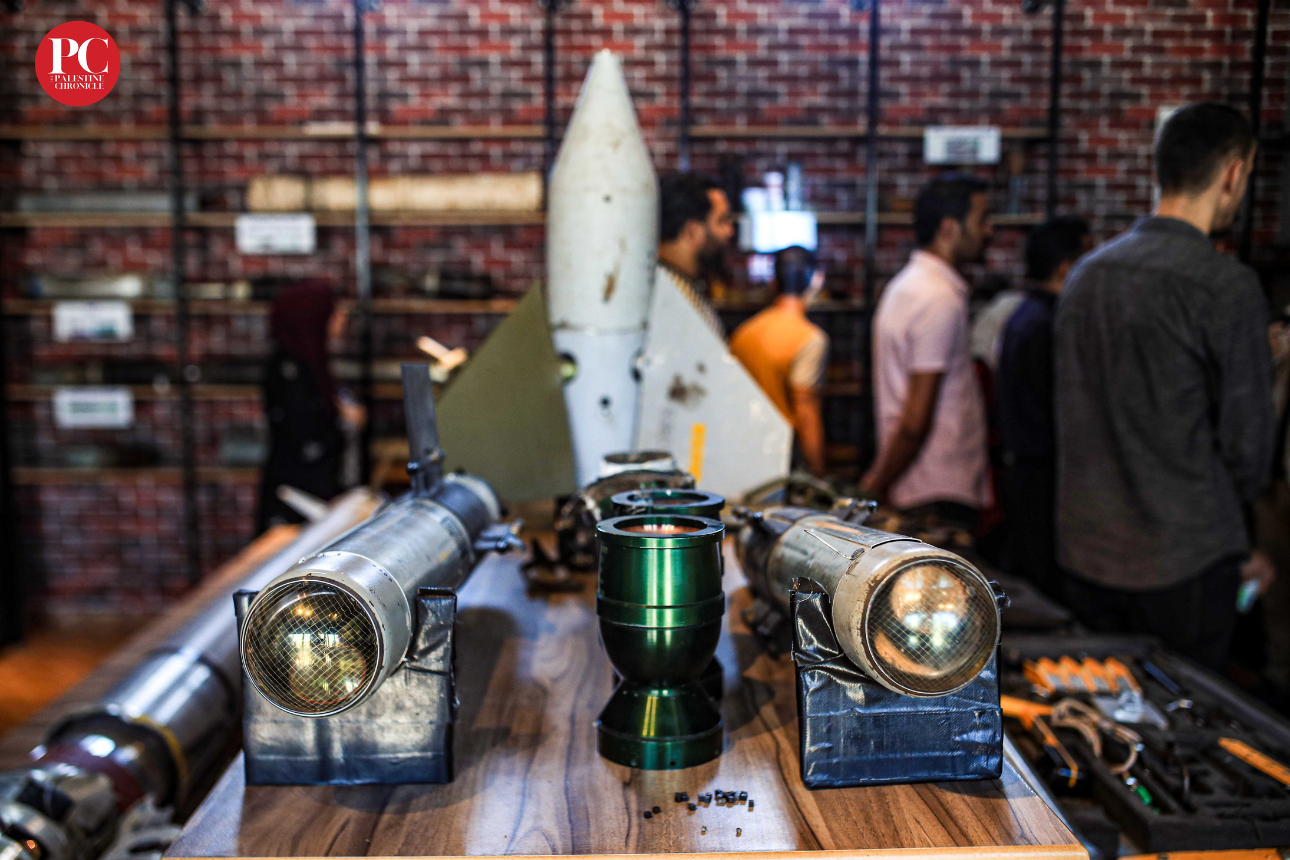
Unequipped to deal with the difficult task, quite often Gaza’s employees of the Ministry of Interior, and, at times, volunteers, try to defuse and disarm the leftover weapons on their own.
Employees of Gaza’s Ministry of Interior displayed bombs and shrapnel left by the Israeli army during their latest war on the besieged Gaza Strip.
Several major Israeli wars have been launched against Gaza since the start of the blockade in 2007. The first was in December 2008.
Each war has left behind thousands of dead and wounded Palestinains, and physiological scares that couldn’t be easily healed.
Also unexploded ordinances of all types.
Unequipped to deal with the difficult task, quite often Gaza’s employees of the Ministry of Interior, and, at times, volunteers, try to defuse and disarm the leftover weapons on their own.
Many have been killed and wounded in the process.
The May War
In May 2023, the Israeli occupation army launched a five-day military offensive on the Gaza Strip.
According to the Palestinian Ministry of Health, 33 Palestinians, including six children and four women, were killed; another 190 Palestinians, including 64 children, and 38 women, were injured.
The Palestine Chronicle recently spoke with Major Ahmed Othman, the director of the Technical Affairs Unit at the General Department of Explosive Ordnance Disposal at the Ministry of Interior and National Security in Gaza.
In an interview with Ahmed al-Sammak, Othman told us that the lack of necessary equipment, due to the hermetic Israeli blockade on Gaza, prevents the General Department of Explosive Ordnance Disposal from efficiently disposing of the shrapnel.
Until now, according to Othman, the department was not able to dispose of phosphorus bombs that were used by Israel in 2008, nor of scores of Israeli missiles that fell deep under the ground, posing a threat to people and the environment, especially to the Strip’s already limited water resources.
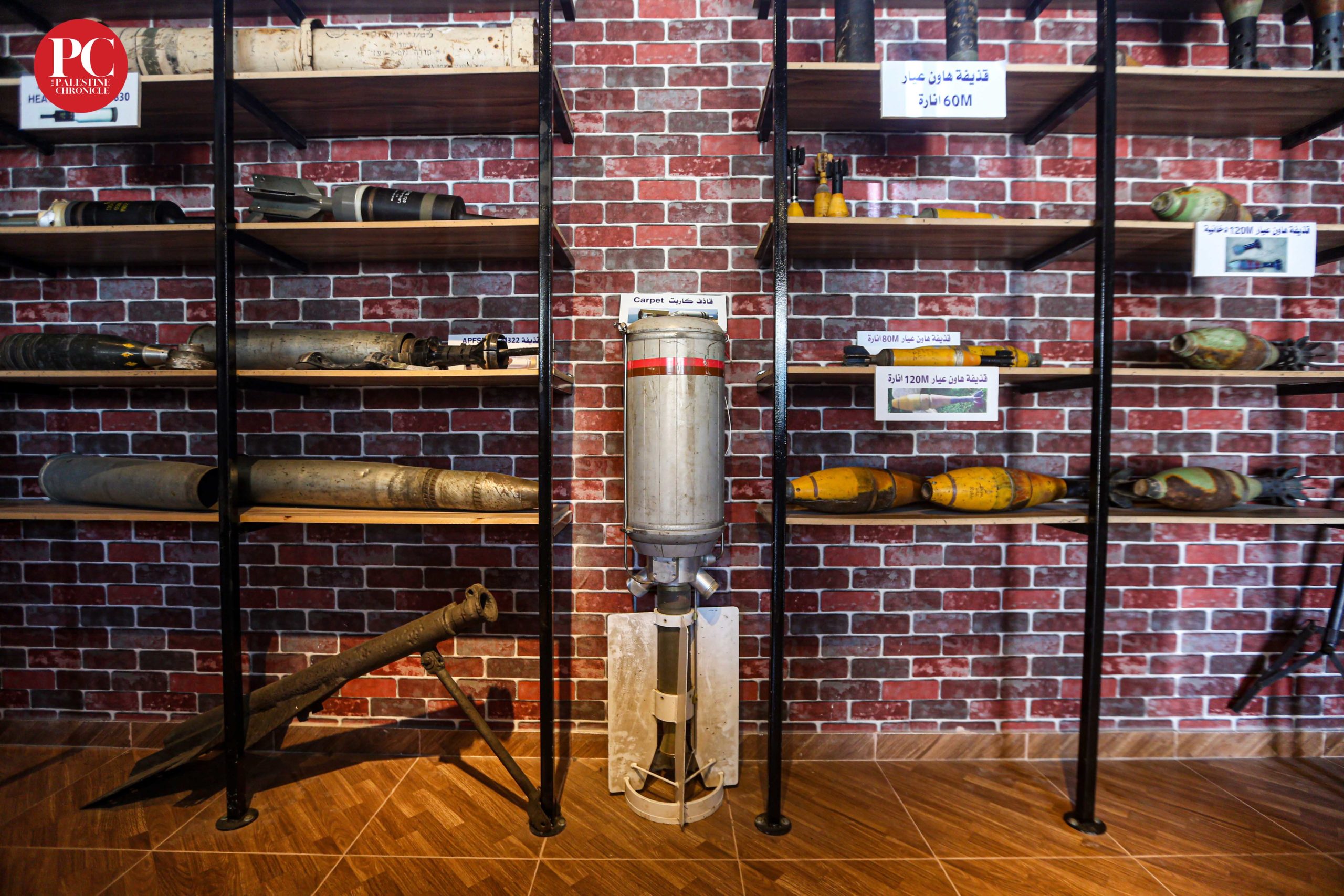
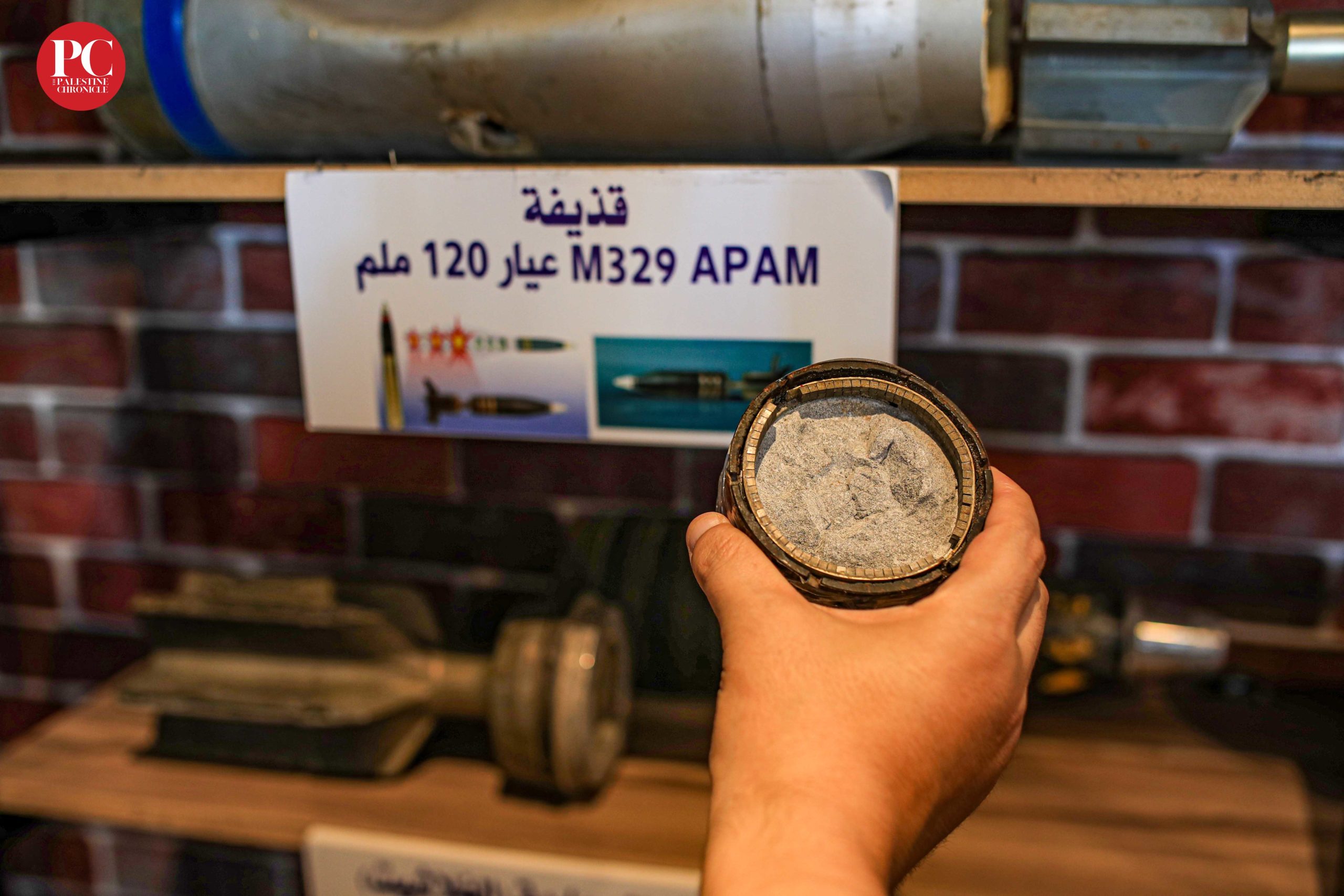
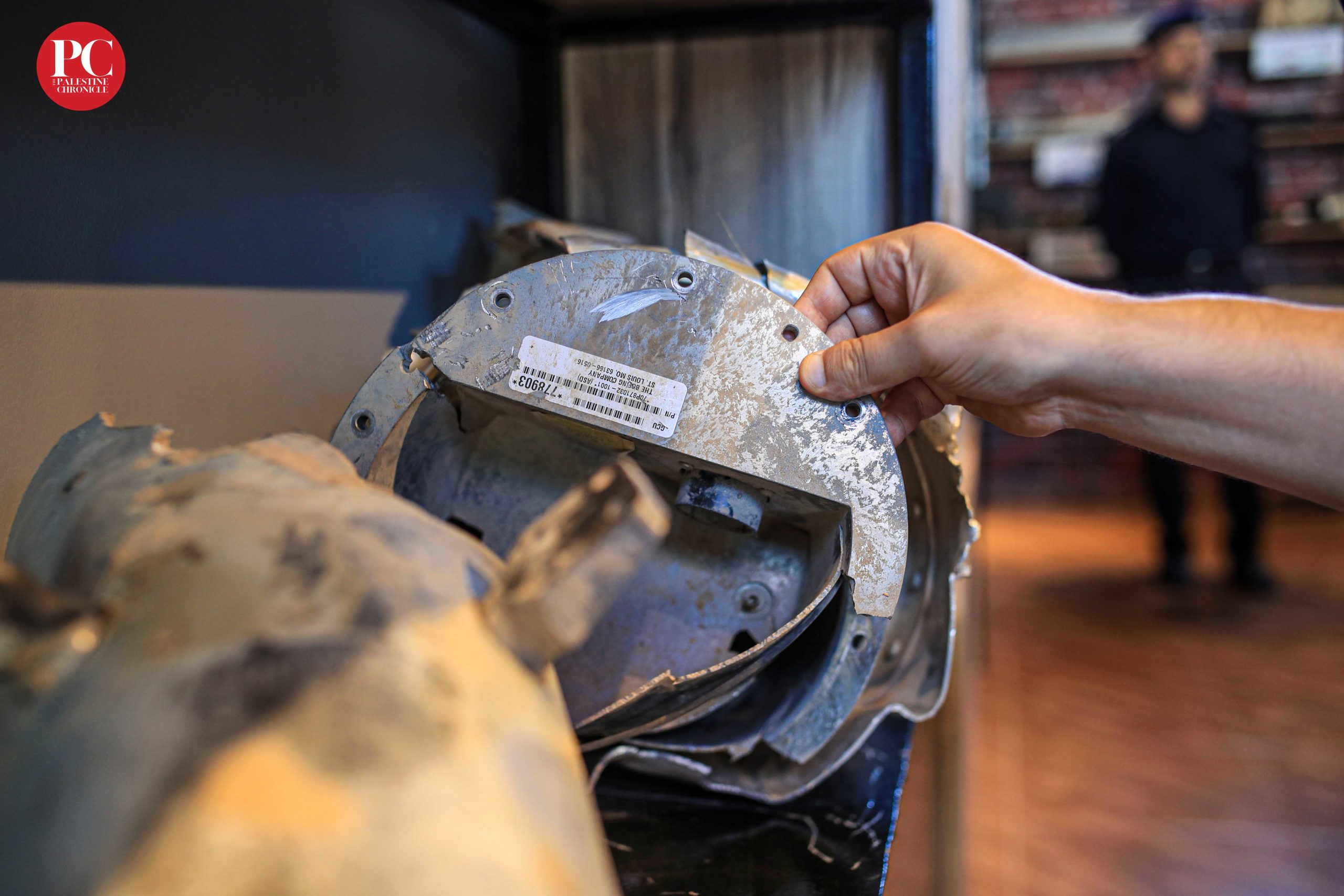
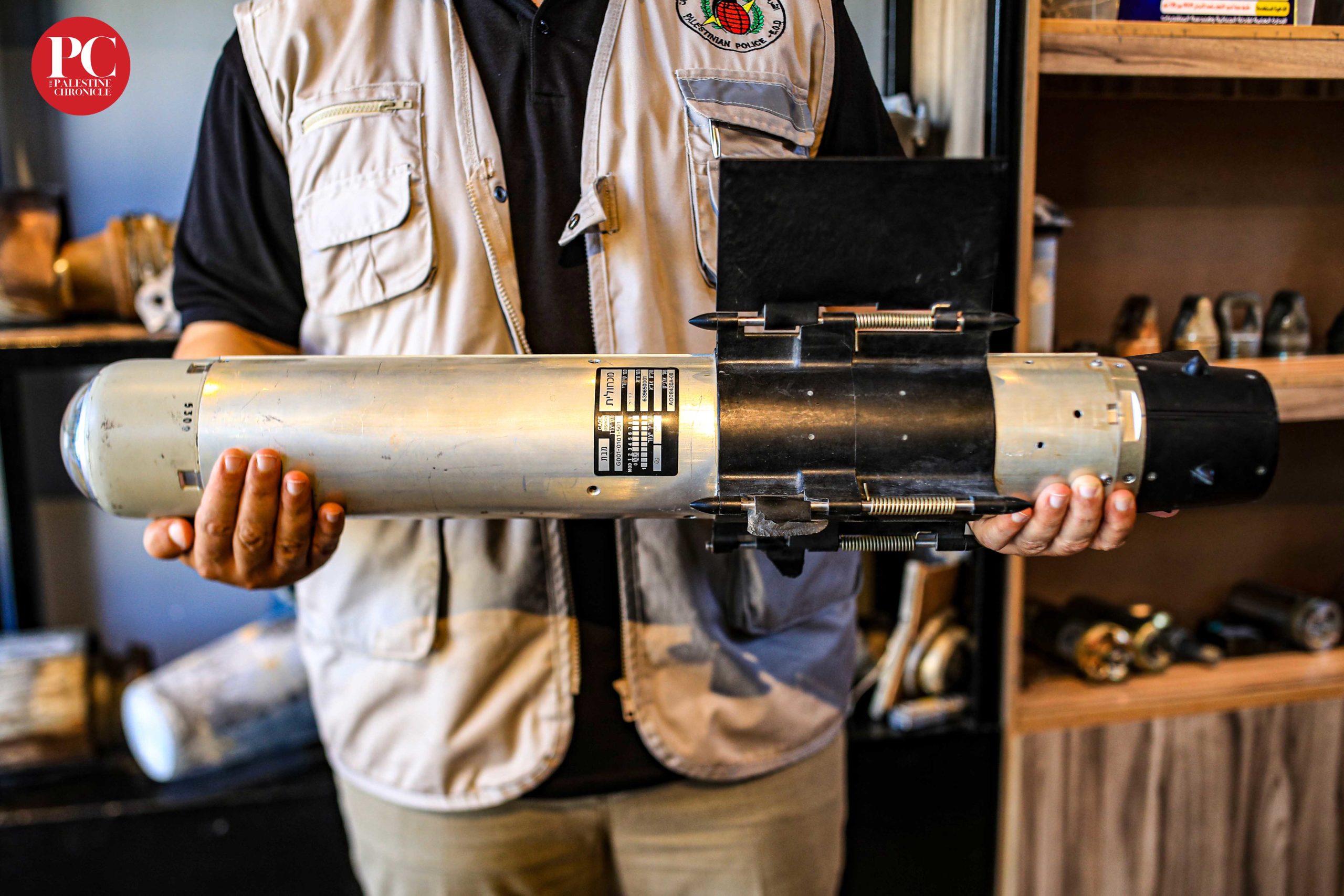
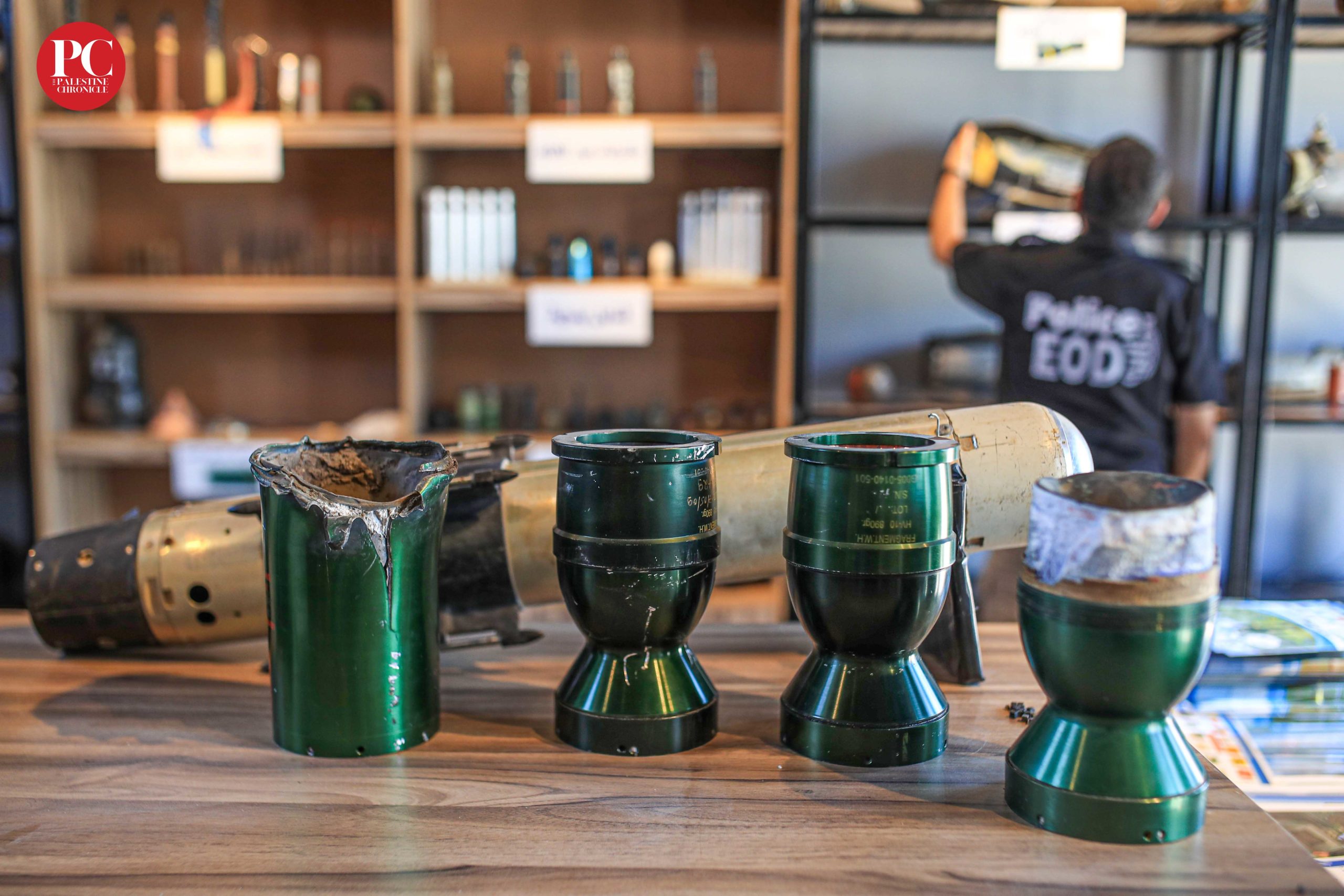
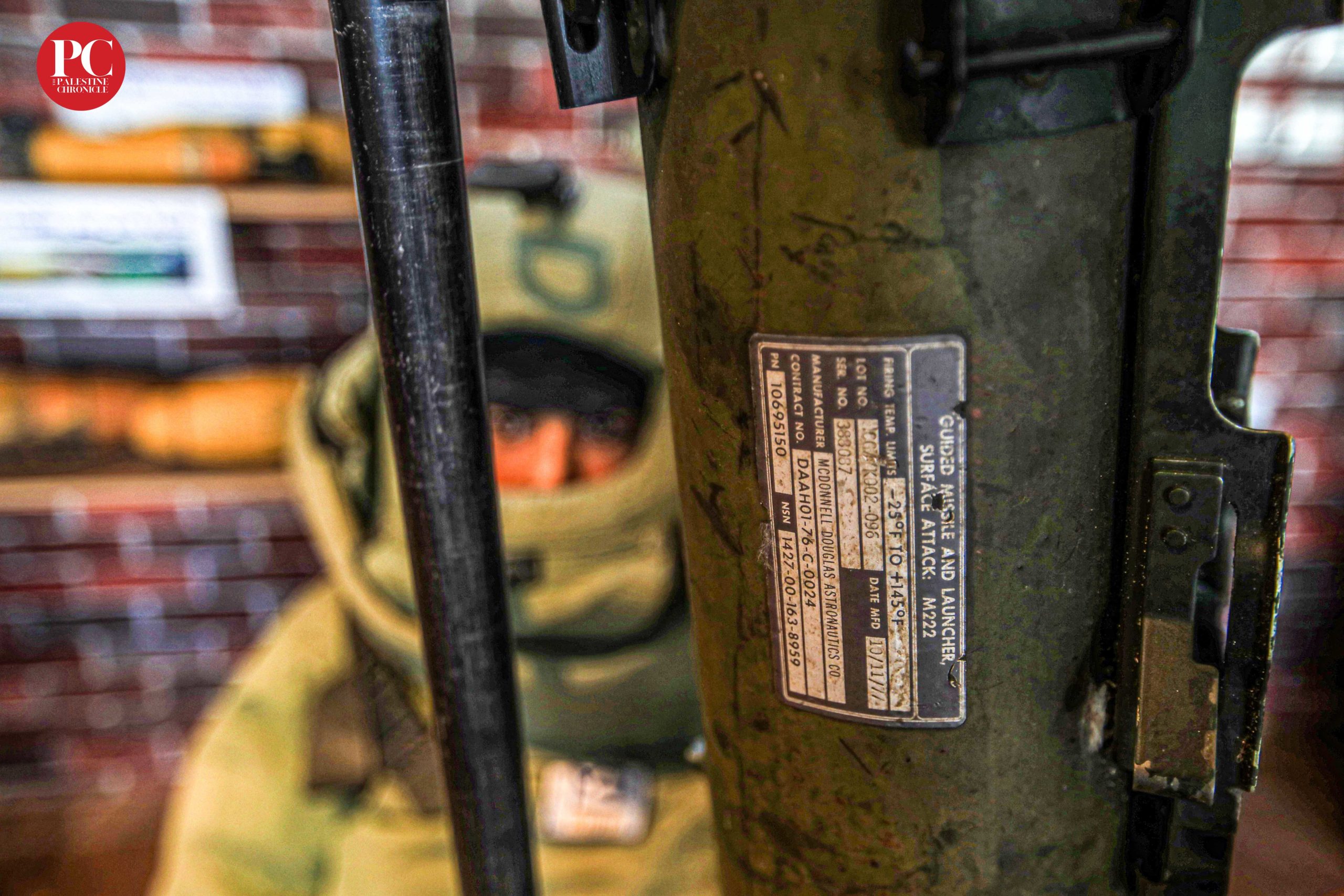
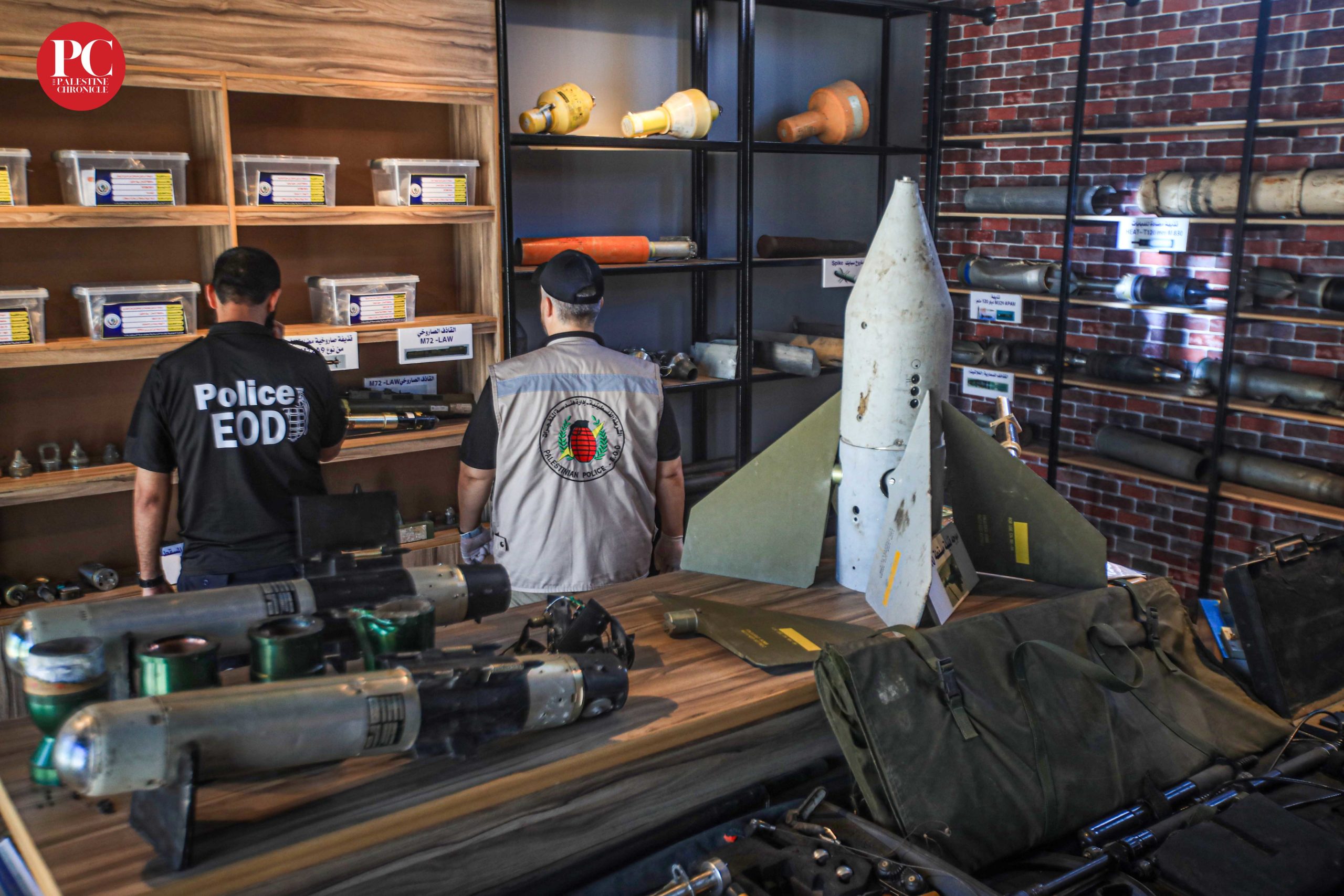
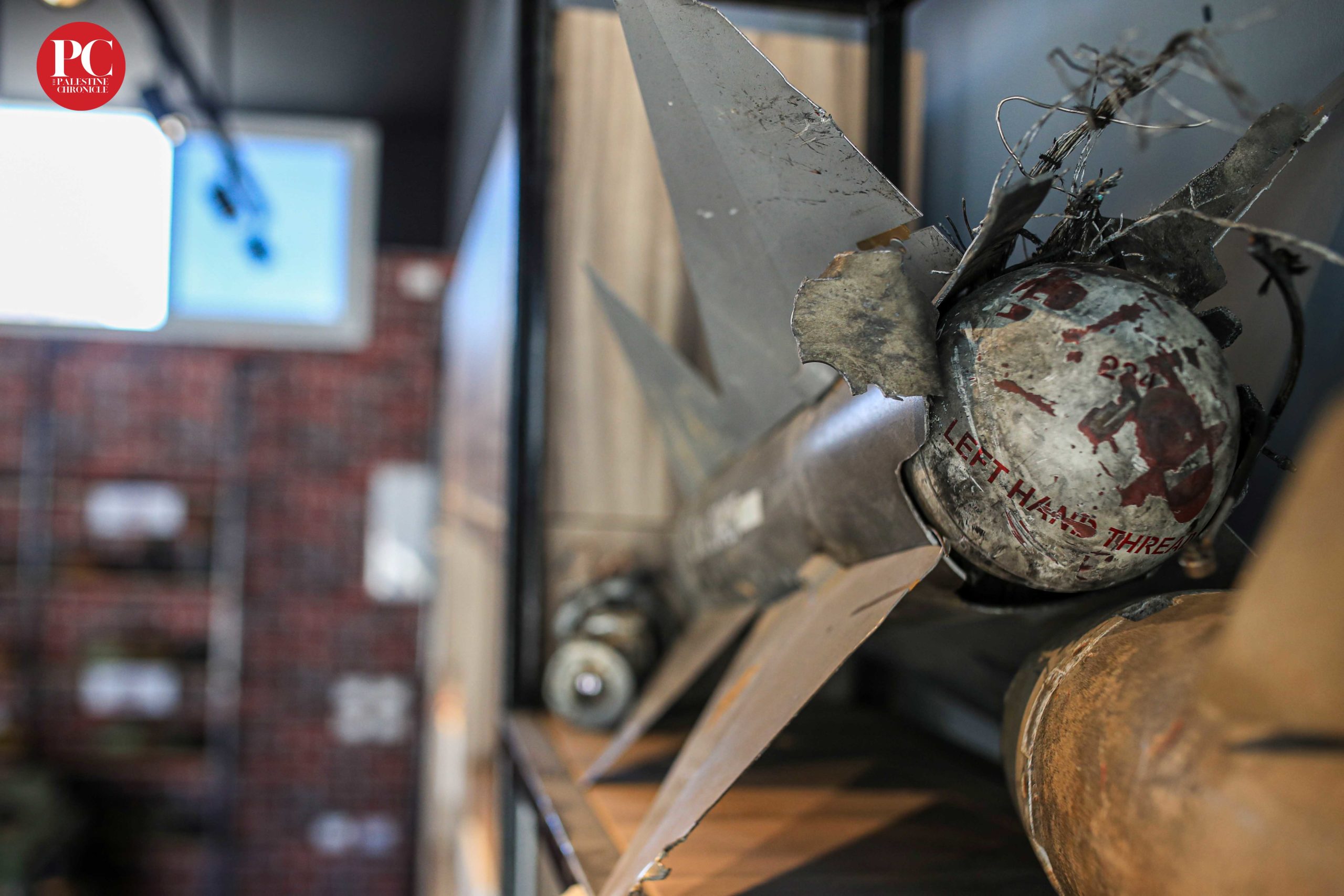
(All Photos: Mahmoud Ajjour, The Palestine Chronicle)





